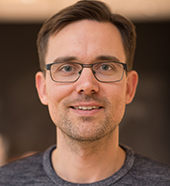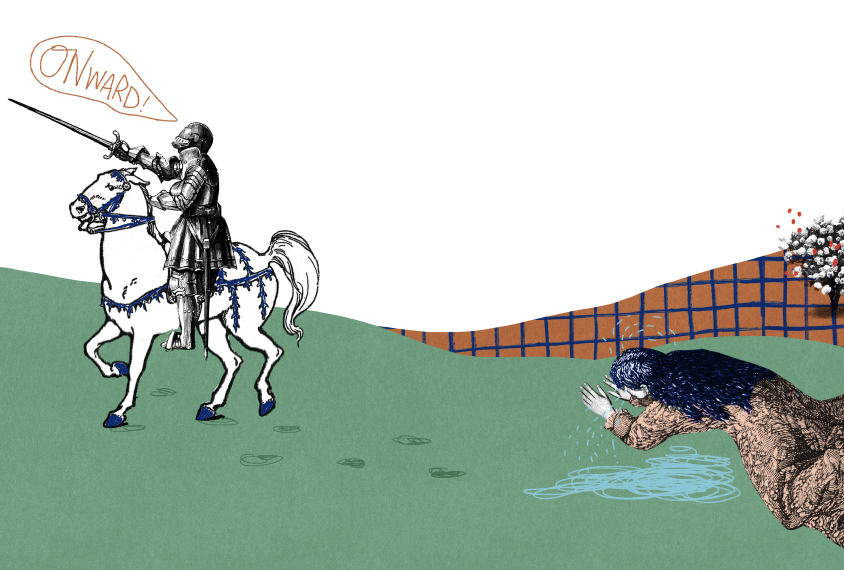Terje Falck-Ytter is professor of psychology at Uppsala University, researcher at the Center of Neurodevelopmental Disorders at Karolinska Institutet, and Pro Futura Scientia Fellow at the Swedish Collegium for Advanced Study in Uppsala, Sweden.

Terje Falck-Ytter
Professor
Uppsala University
From this contributor
The perils of suggesting famous historical figures had autism
Looking for signs of autism in characters from history and literature can offer insight into society’s changing perceptions through time — but it can also increase the risk of stigma against people with the condition.

The perils of suggesting famous historical figures had autism
Explore more from The Transmitter
The Transmitter’s most-read neuroscience book excerpts of 2025
Books by Nachum Ulanovsky, Nicole Rust, and Andrew Iwaniuk and Georg Striedter made the list of some of the year's most engaging neuroscience titles.

The Transmitter’s most-read neuroscience book excerpts of 2025
Books by Nachum Ulanovsky, Nicole Rust, and Andrew Iwaniuk and Georg Striedter made the list of some of the year's most engaging neuroscience titles.
Neuroscience’s leaders, legacies and rising stars of 2025
Here are seven stories from the past year about some of the field’s most engaging figures.

Neuroscience’s leaders, legacies and rising stars of 2025
Here are seven stories from the past year about some of the field’s most engaging figures.
The Transmitter’s top news articles of 2025
Check out some of our most-read stories, covering neuroscience funding and policy changes in the United States, and methodological issues in high-profile neuroscience papers.

The Transmitter’s top news articles of 2025
Check out some of our most-read stories, covering neuroscience funding and policy changes in the United States, and methodological issues in high-profile neuroscience papers.